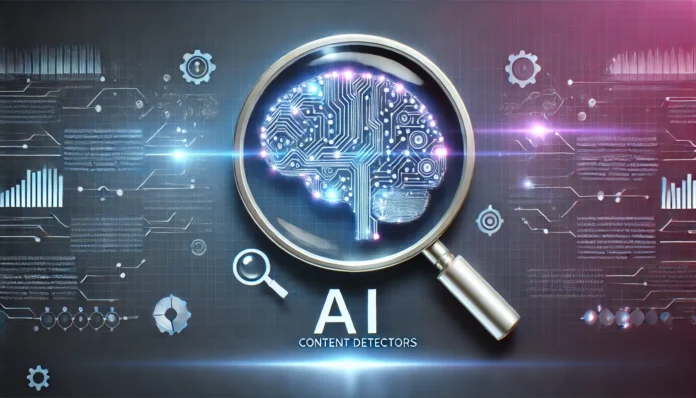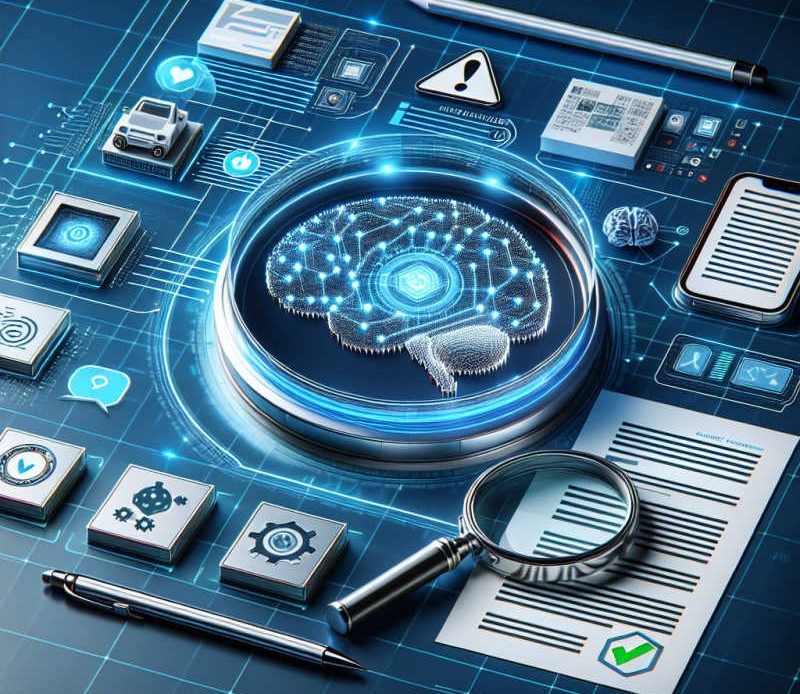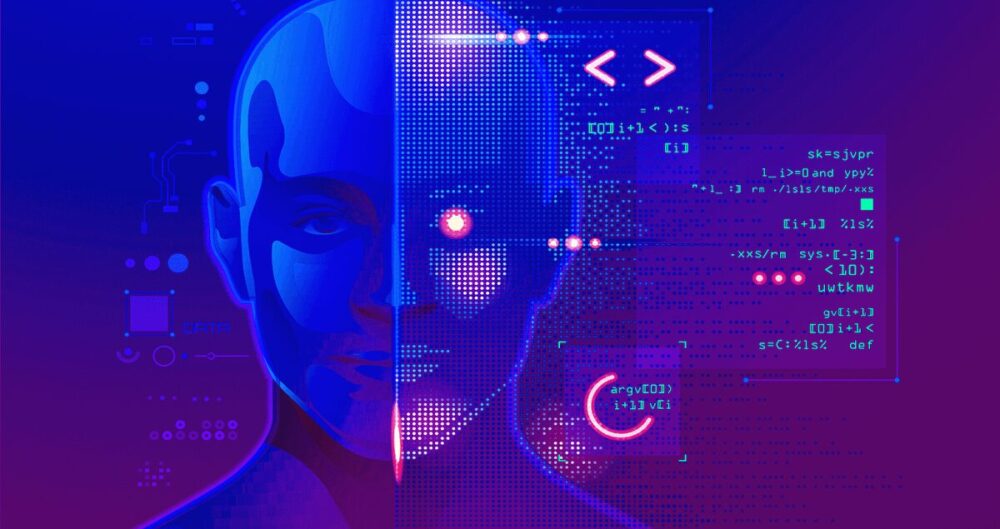
As more tools appear for generating articles, blogs, and other written work, the need for detection tools has increased. AI content detectors aim to identify what has been produced by artificial intelligence. But how do they work? These tools analyze various aspects of the text to determine its origin.
In recent years, AI-generated content has grown in popularity across industries. However, differentiating between human and machine-written text is not always straightforward.
That’s where AI detectors come in. Below, we will explore how AI content detectors identify writing created by machines and what makes their detection methods effective.
Key Points:
- AI content detectors analyze sentence structure and word usage.
- Predictive patterns help detect machine-generated writing.
- Identifying unnatural repetitions is key for detectors.
- They rely on grammar, syntax, and style inconsistencies.
- Detectors also focus on overly formal or robotic text.
- Some tools use neural networks to improve accuracy.
How AI Detectors Work

Content detectors use multiple strategies to analyze text. For example, ZeroGPT’s AI detector employs a multi-stage methodology that boosts accuracy. If content was produced by ChatGPT Zero GPT can detect it by evaluating sentence structure, word patterns, and other linguistic features.
It evaluates sentence structures and flags content based on irregularities that machines tend to create. Through this process, the tool reduces the risk of false positives and negatives, ensuring that both types of errors are minimized.
Identifying Machine-Generated Text Patterns
AI-generated writing often displays certain tell-tale signs. These can include unnatural repetition of phrases or awkward sentence formations. While human writing tends to vary, artificial content can fall into predictable patterns. Detectors use this predictability as a foundation for identifying machine-generated text.
For instance, one pattern often seen in machine-generated content is the overuse of similar sentence structures. The lack of diversity in sentence construction is a clear indicator. Detectors can identify these repetitions and flag the text for review.
Another common issue found in AI-generated content is the unnatural flow of ideas. Machine-written text often lacks the subtle transitions humans use. Detectors track this lack of fluidity to distinguish between human and AI writing.
Grammar and Syntax Inconsistencies

One of the most effective ways detectors work is by evaluating grammar and syntax inconsistencies. AI-generated text may use complex sentences that seem grammatically correct but feel awkward or unnatural.
These errors can slip through unnoticed when a person reads quickly, but content detectors are designed to spot them immediately.
For instance, an AI might produce sentences that are grammatically correct yet miss the nuances of human expression. Detectors assess such text for these subtle signs of inconsistency. It’s one of the key ways that they determine if a piece was written by a machine.
Predictive Text Patterns and Detection
Since artificial intelligence models are trained to predict the next word based on previous ones, content detectors can spot the results of this predictive approach. For instance, AI-generated sentences often repeat certain phrases or structures to maintain logical flow, but detectors can pick up on this mechanical repetition.
These predictive text patterns are usually formulaic and lack the spontaneity of human writing. While humans often introduce variability into their sentences, artificial content usually sticks to more rigid patterns. This makes it easier for detectors to flag text that follows predictable lines of thought.
Neural Networks and Advanced Detection
Some content detectors go beyond basic grammar and syntax checks. They employ neural networks to enhance their detection accuracy. Neural networks mimic the human brain’s ability to recognize patterns. This technology allows detectors to understand more nuanced details of machine-generated text.
Detectors powered by neural networks analyze text in a more sophisticated way, focusing not just on surface-level patterns but deeper connections within the writing. By doing so, they improve the accuracy of detection and reduce the chances of human writing being incorrectly flagged.
Identifying Robotic Language and Overly Formal Text

AI content often leans toward overly formal or robotic language. Machines sometimes struggle to mimic the casual tone that humans use. This can result in text that feels stiff or too formal for the context.
Detectors look for text that lacks a conversational tone or that overuses formal phrasing. When content sounds robotic or overly formal, detectors flag it for further review. The ability to identify this stiffness in language is another advantage detectors hold over a quick human review.
False Positives and Minimizing Errors
One of the challenges for AI detectors is avoiding false positives. A false positive occurs when human writing is mistakenly flagged as AI-generated. To reduce the occurrence of such errors, detectors use multi-layered approaches. They focus on balancing accuracy with minimizing the risk of misclassifying text.
To ensure human writing isn’t mistakenly flagged, detectors rely on various levels of analysis, including grammar, syntax, and sentence structure. By cross-referencing the text against multiple standards, detectors minimize errors and improve overall accuracy.
Practical Uses for Content Detectors
Content detectors are used by businesses to ensure originality in reports, articles, and promotional materials. Educational institutions use them to maintain academic integrity, making sure students submit authentic work.
Moreover, detectors are becoming essential in legal settings, where authenticity in documentation is crucial. By identifying AI-generated content, businesses and institutions can maintain trust and credibility.
Detectors are also valuable in online publishing, where content authenticity plays a significant role in maintaining reader trust. Ensuring that articles and posts are not generated by machines builds credibility and fosters engagement from readers.
Conclusion

AI content detectors play a critical role in today’s digital landscape. They help businesses, institutions, and individuals ensure the authenticity of writing. By analyzing grammar, syntax, and sentence structure, detectors are able to distinguish between human and machine-generated text.
Tools which employ multi-stage analysis, offer a robust solution for maintaining content integrity. With the use of neural networks and pattern recognition, these tools will only improve in accuracy over time.








